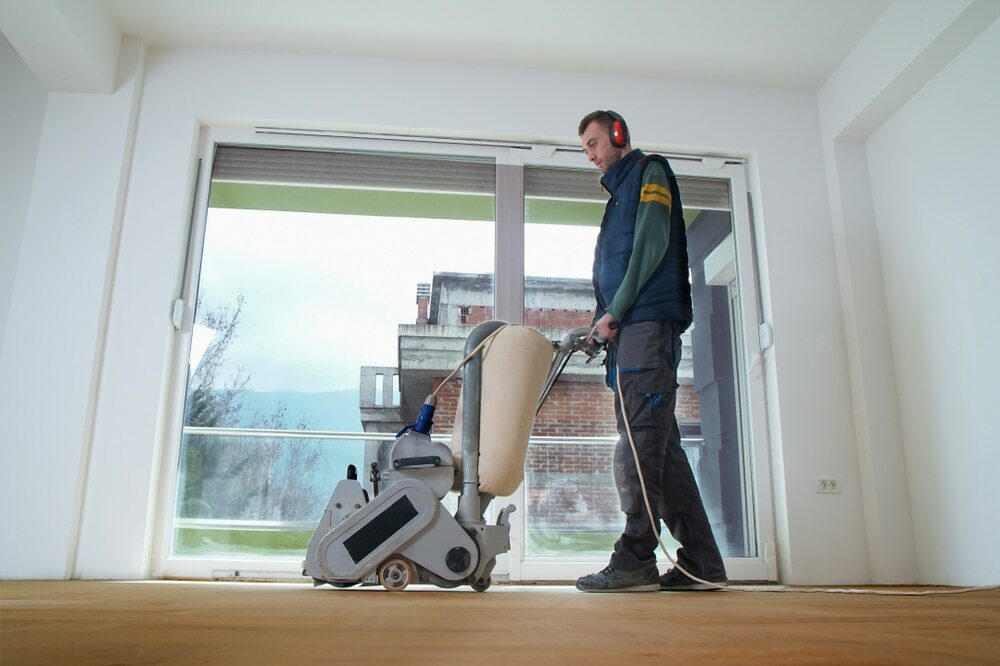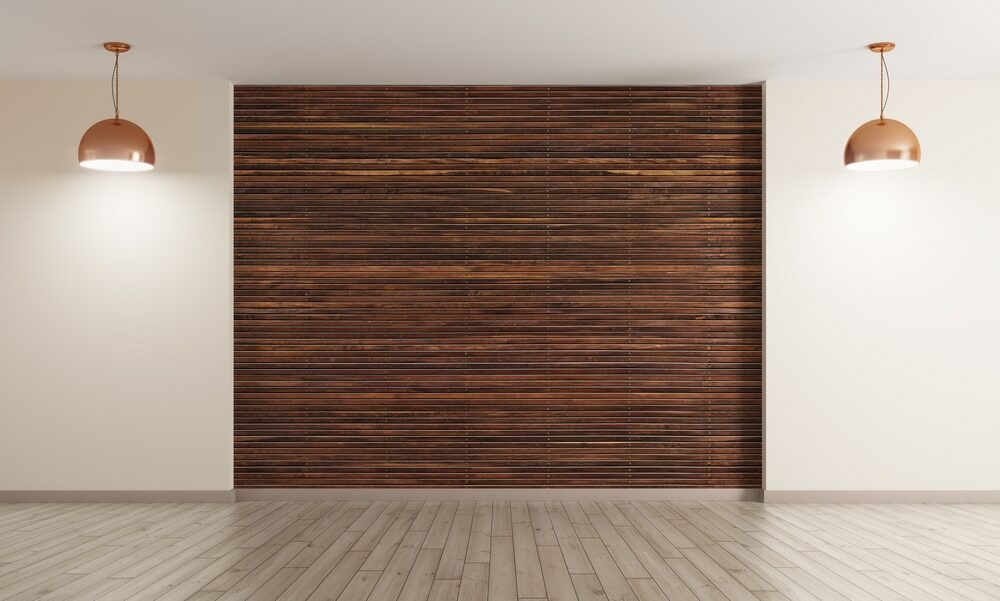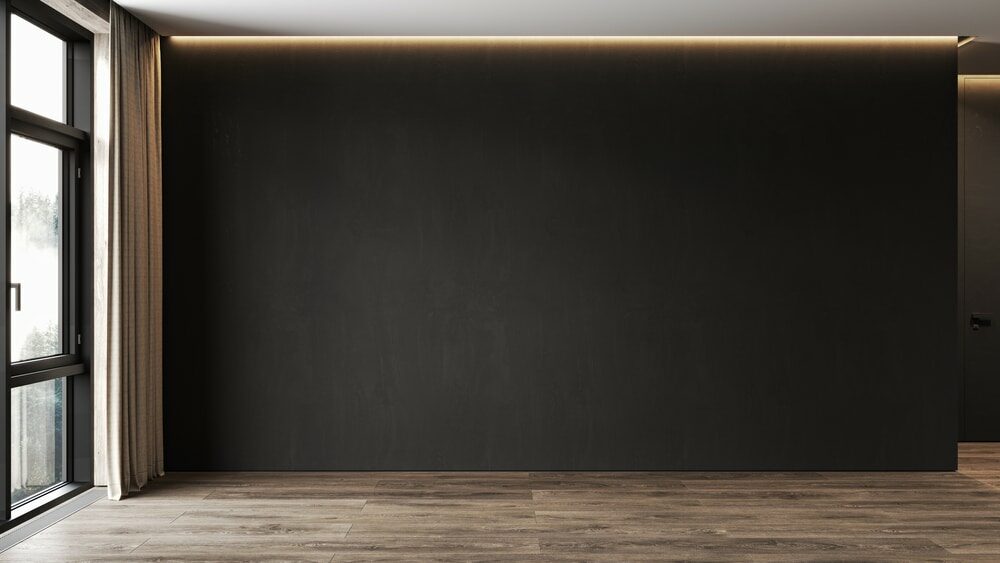London:
Nationwide:
Wood Floor Warning: The Importance of Monitoring Moisture Levels
Posted on July 22, 2023
News
The Importance of Monitoring and Managing Moisture Levels in Wood Floors
Wooden floors add a touch of elegance and charm to any space. However, they also demand constant care and attention, especially concerning moisture levels. Excessive moisture can have damaging effects on wood floors, causing them to warp, swell, or even rot. This comprehensive blog post shines light on the importance of monitoring moisture levels in wood floors and offers practical tips for prevention and remediation.
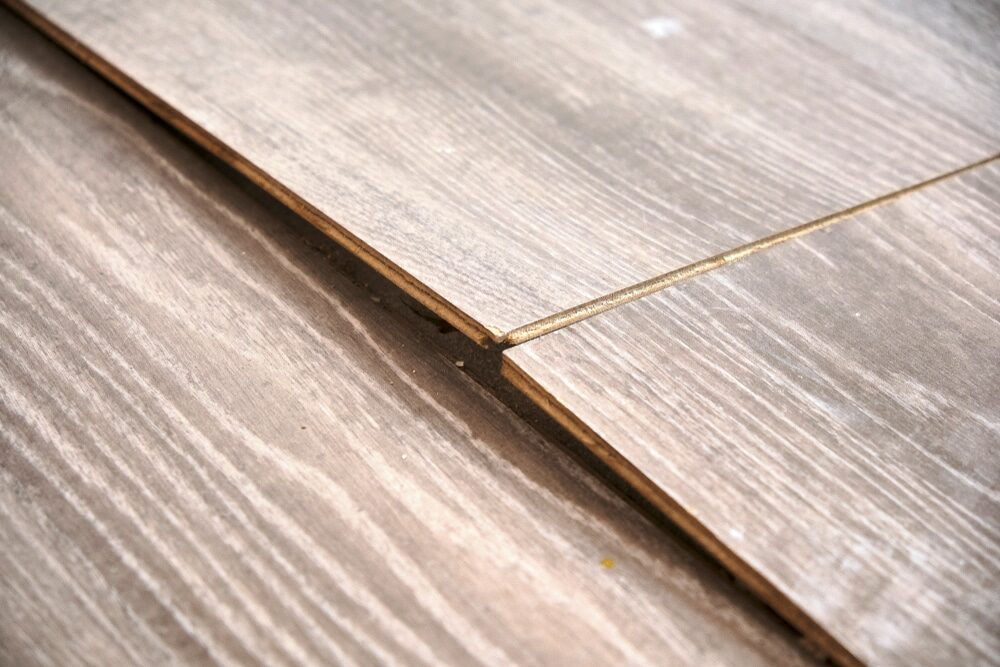
Understanding Moisture and Wood
To comprehend why moisture is a threat to wood floors, one must first understand the relationship between wood and water. Wood is hygroscopic, meaning it has a natural tendency to absorb moisture from its surrounding environment until it reaches equilibrium. While a certain amount of moisture is beneficial to keep the wood from becoming too dry and brittle, excessive moisture can lead to various issues.
The Effects of High Moisture Levels on Wood Floors
High moisture levels can pose severe threats to the longevity and aesthetics of your wood floor. Here are some of the key impacts:
Cupping
Cupping happens when the edges of the wood planks rise higher than the center, creating a concave shape. It is usually caused by an imbalance in moisture levels between the top and bottom of the plank.
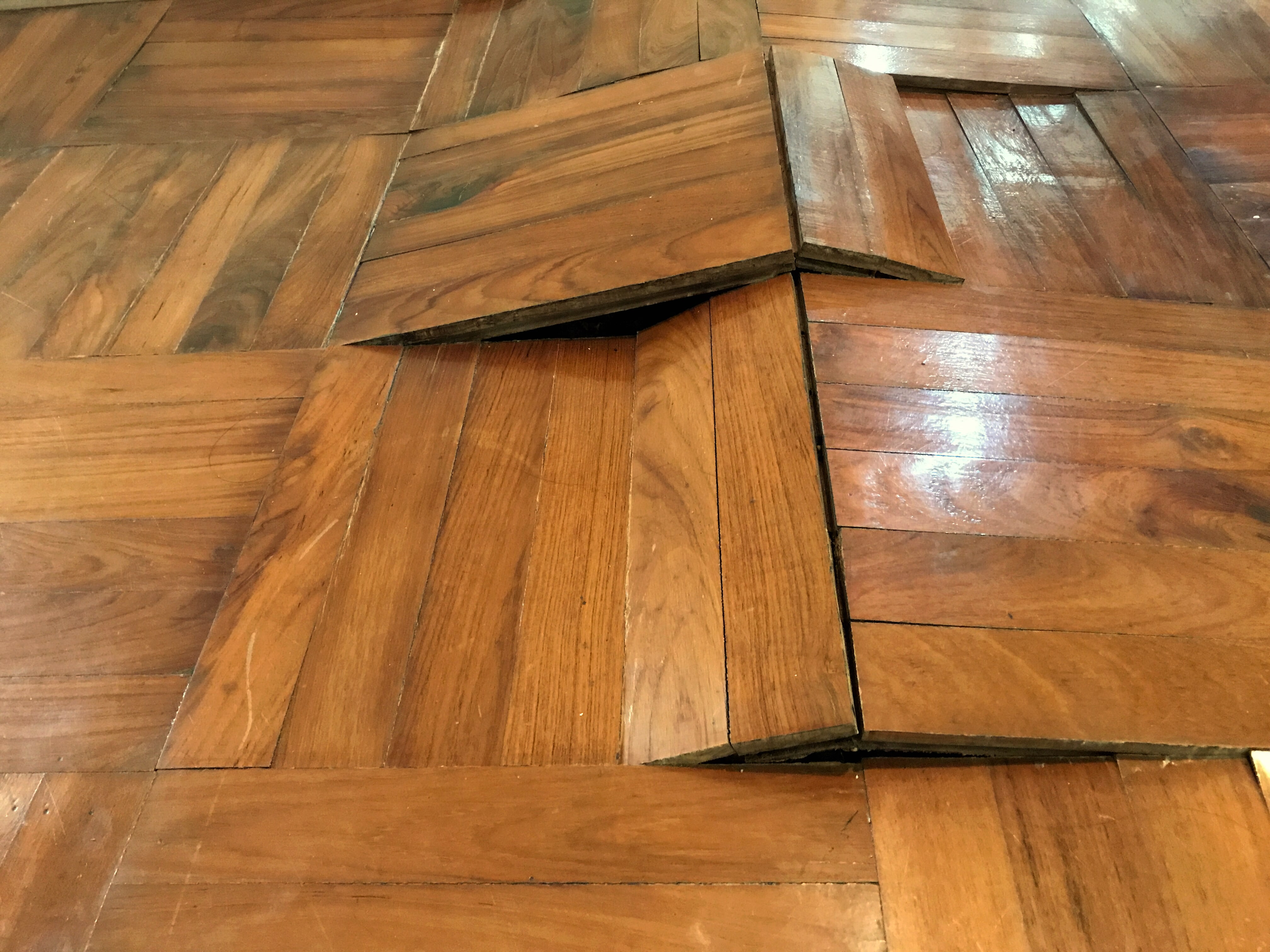
Crowning
Crowning is the opposite of cupping. It occurs when the center of the wood plank is higher than the edges, typically as a result of excessive moisture on the surface of the wood.
Buckling
In extreme cases, excessive moisture can lead to buckling, where the wood planks lift off the subfloor entirely. This usually happens after a flood or significant water leak and requires immediate attention.
Rot and Mold
If left unchecked, high moisture levels can lead to rot and mold. Besides being unsightly, these issues can also cause health problems for the occupants of the home.
Moisture Measurement and Monitoring
Effective moisture management begins with accurate measurements and continuous monitoring. There are two main methods to measure the moisture content of wood:
- Moisture Meter: These devices use electrical resistance or electromagnetic waves to estimate the moisture content of the wood.
- Oven Dry Test: This method involves weighing a wood sample, drying it in an oven until all moisture is removed, and then weighing it again. The difference in weight gives an accurate measure of the moisture content.
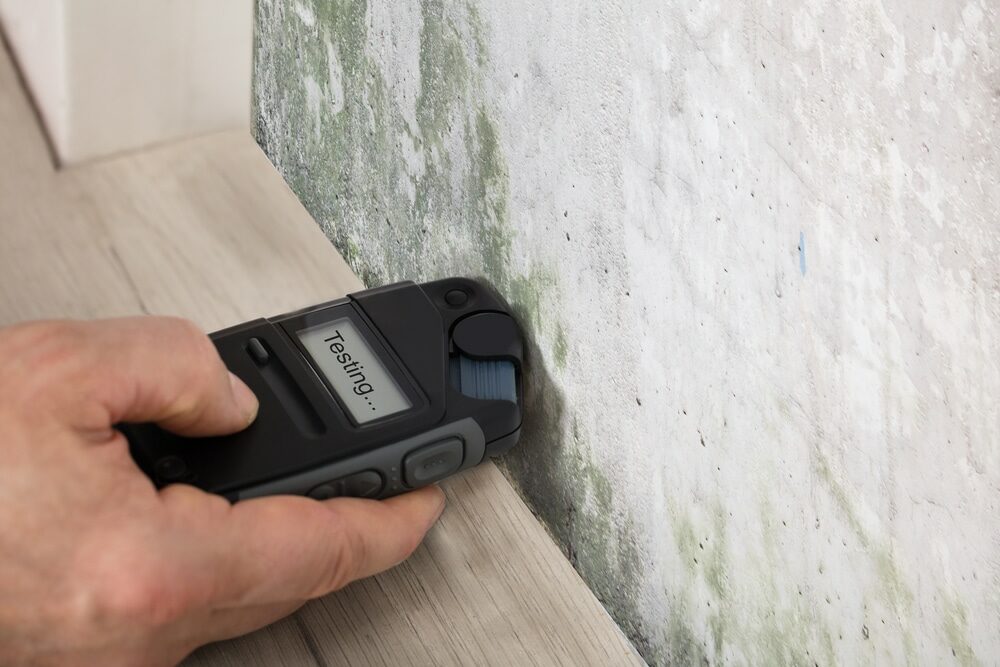
Preventive Measures Against Excessive Moisture
A proactive approach to moisture management can save time, money, and stress. Here are some preventive measures to consider:
Proper Installation
A successful installation includes acclimating the wood to the room’s humidity and temperature before installation. Also, the use of a moisture barrier, especially for installations over concrete, can help prevent moisture migration to the wood floor.
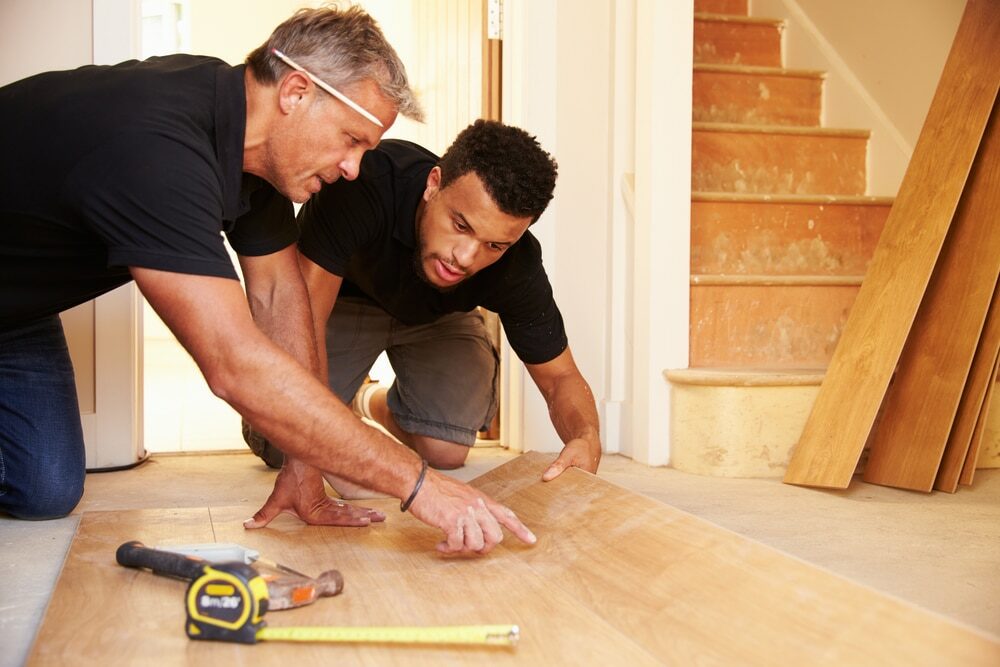
Regular Maintenance
Routine cleaning, using a slightly damp mop instead of a soaking wet one, can help maintain appropriate moisture levels.
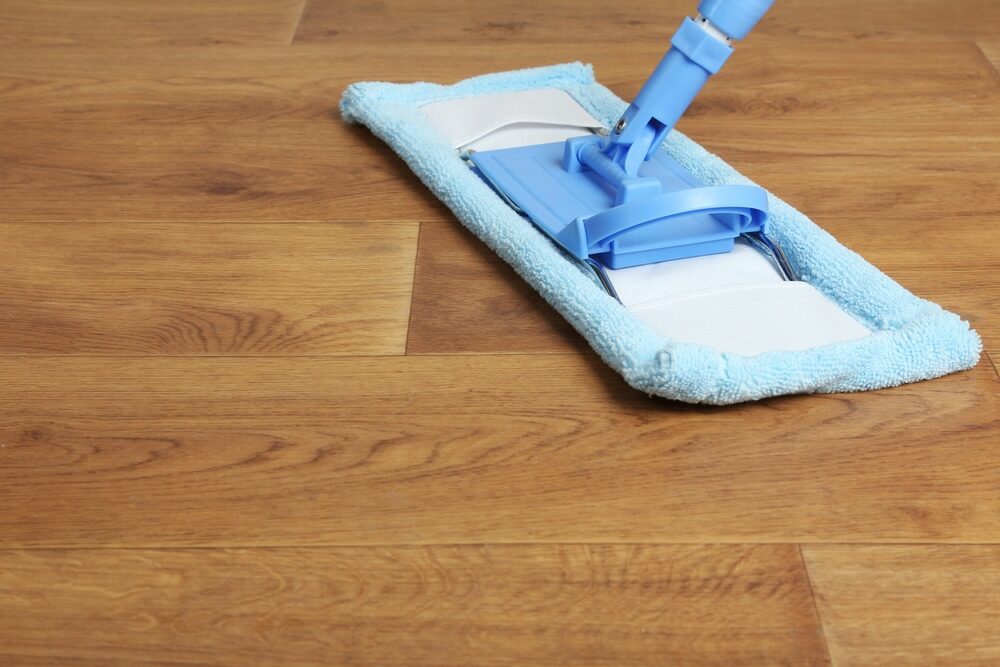
Dehumidifiers
In particularly damp environments, using a dehumidifier can help maintain the correct humidity levels for wood floors.
Remediation Strategies
If your wood floor is already showing signs of moisture damage, there are some remediation strategies you can employ:
Addressing the Source
The first step in remediation is identifying and addressing the source of the moisture. This could be a leak, high humidity, or inadequate ventilation.
Sanding and Refinishing
For cupping and crowning, once the moisture issue is resolved, you may be able to sand and refinish the floor to restore it to its original flatness.
Replacement
In extreme cases of buckling, rot, or mold, you may need to replace the affected planks or even the entire floor.
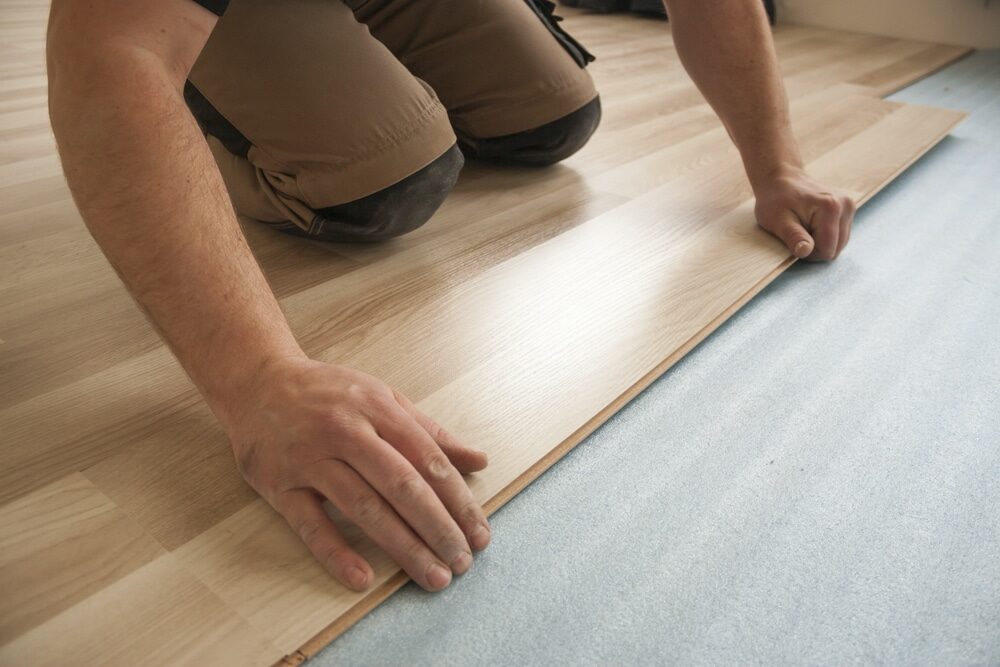
The Role of Professionals
Managing moisture levels in wood floors can be complex, and in many cases, it’s advisable to seek the help of professionals. They have the necessary equipment and expertise to accurately assess the situation and recommend the best course of action.
The Bottom Line: Keep an Eye on Moisture Levels
With the beauty and charm of wood floors comes the responsibility of managing moisture levels. By keeping an eye on these levels and taking preventive measures, you can enjoy the warmth of your wood floor for years to come.
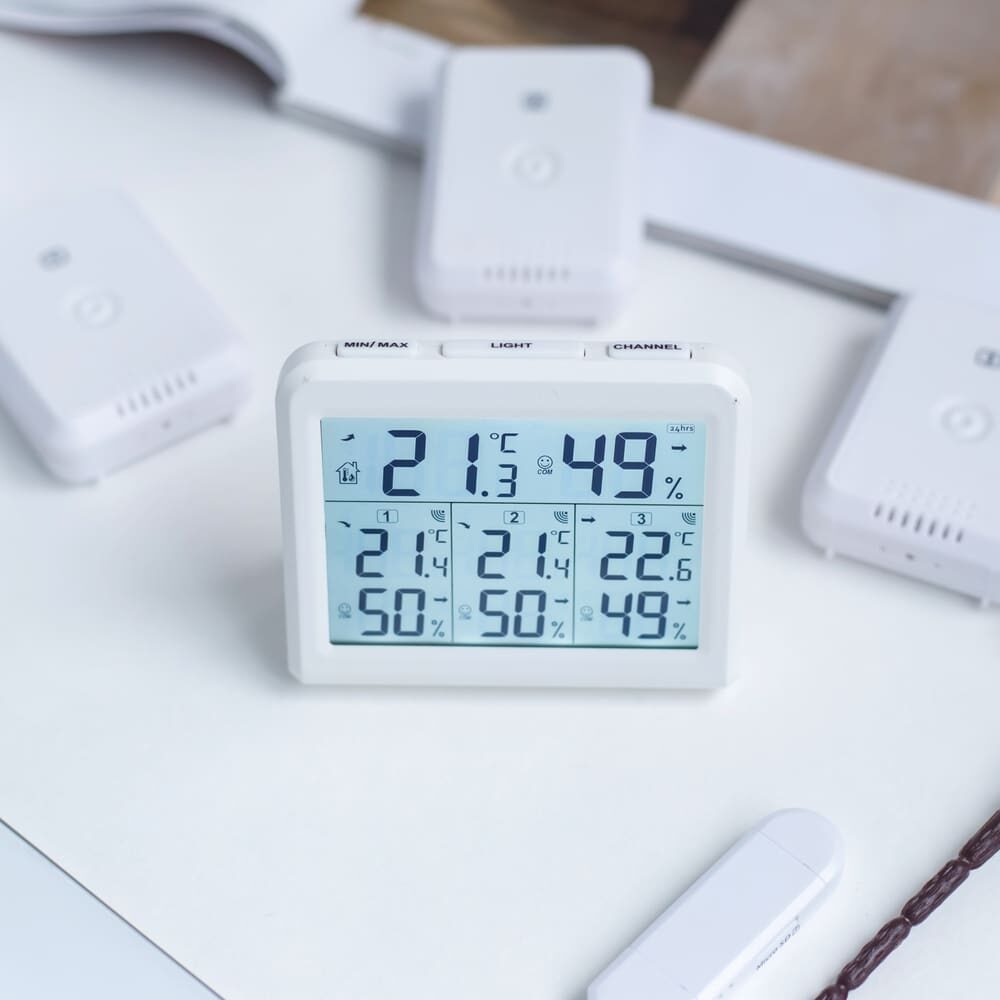
Conclusion
Moisture and wood floors have a complex relationship. While a certain amount of moisture is needed, too much can wreak havoc on your beautiful floors. Whether you’re planning to install new wood floors or maintain your existing ones, remember the importance of monitoring and managing moisture levels.
Some Useful Links:
- Floor Sanding Services
- School Floor Sanding
- Wood Floor Restorations
- Wood Floor Repairs
- Wood Floor Polishing
More from our Blog:
Mastering the Wood Floor Sanding Trade | Comprehensive Guide Pilang Hardwood: The Hidden Treasure for Flooring Choices Lapacho: Unveiling the Beauty of This Exotic Hardwood Parquet Flooring: Discovering a Universe of Patterns Wooden Floors: Trend Analysis | Style or Fad?
Sanding
We provide virtually dust-free sanding with our continuous belt machinery with mobile extraction units, giving you a safer environment for your family.
Oiling
This organic finish not only adds beauty to your home but also has exceptional water-repellent characteristics, making it easier to clean and maintain.
Waxing
This natural floor finish offers the softest and most mellow appearance – and leaves your floor able to breath.
Buffing
Using soft buffing machines (and hand-polishing where required) will bring a wonderful sheen to your newly-finished floor.
Repairs
We offer a full assessment of your wooden floors to determine what repairs are needed to provide the perfect working surface for the later stages of sanding, staining and sealing.
Restoration
We offer a comprehensive restoration process designed to address floors that are improperly fitted or damaged over time through wear and tear.
Request a fixed price quote for your wood floor restoration now
Simply enter your postcode below to get started.
Services
Wood Floor Sanding Wood Floor Restoration Wood Floor Scratch Repair Squeaky Wood Floor Repair Parquet Floor Sanding Parquet Floor Restoration Commercial Floor Sanding Church Floor Sanding Community Centre Floor Sanding School Floor Sanding Gap Filling Gap Filling with ResinCopyright © Mr Sander®
Privacy & Cookies Terms & Conditions Complaints Procedure Cancellation Rights Sitemap